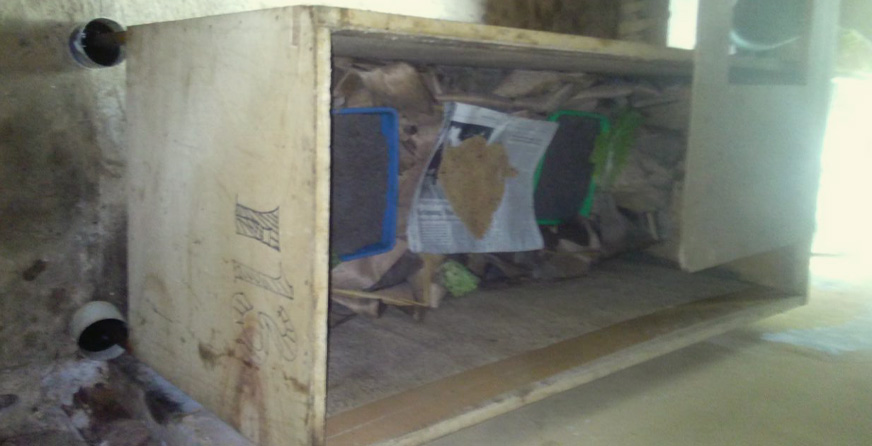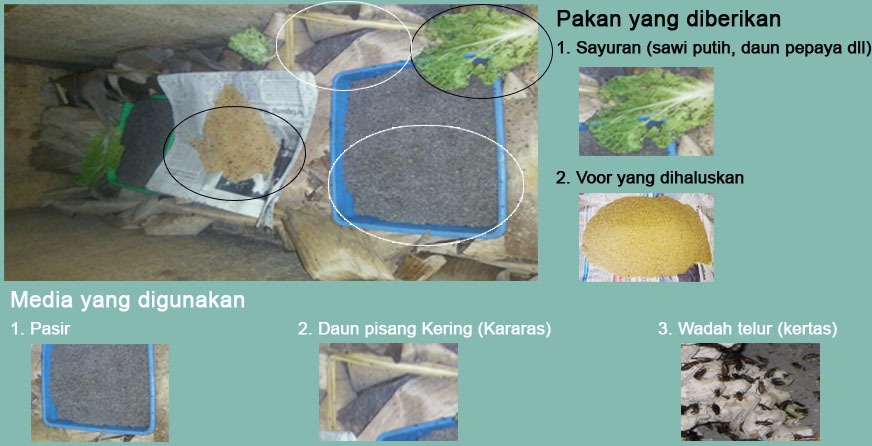
PSSP Cultivates Crickets as Animal Feed Needs
PSSP Cultivates Crickets as Animal Feed Needs
The Primate Animal Study Center (PSSP) is one of the centers of study that has a focus on breeding primates, including Tarsiers and slow lorises. Tarsier (Tarsius tarsier) is an insectivorous Nocturnal animal, while slow loris (Nycticebus spp) is an insectivorous and fruiting animal. Insects commonly used as feed for tarsiers and slow lorises, one of which is cricket. This is the reason behind the PSSP cultivating crickets as animal feed needs
Crickets (Grilliade) are insects that are closely related to grasshoppers, have a flat body and long antennae. Crickets are classified as omnivores, known as their voices which are only produced by male crickets. This type of insect is most often used as feed tarsier and slow loris.
Feed needs (crickets) for all tarsiers as many as 400 birds / day, while the feed needs for lemurs as many as 440 birds / day. The number of tarsiers and slow lorises that are not small in the PSSP is directly proportional to the amount of feed needed. This is what drives the PSSP to cultivate crickets as an animal feed requirement that is Insectivorous (insectivorous) and is used for “rearing” insectivorous noctornals in the context of research and nature conservation.
Pak Heryadi as an employee (cage technician) of the Conservation unit conducts cricket cultivation with the following stages:
– Prepare cricket cage facilities and equipment,
The cricket cage used is a small cage type cage with a dimension of 120 cm long, 50 cm wide and 60 cm high. The height of a cricket cage is usually 25 cm or as needed. and given dried banana leaves (kararas), paper egg racks and containers / trays for cricket laying media.
– Selection of crickets,
In the matchmaking process, the most important thing is the quality of broodstock. There are several criteria that must be considered in order to produce good bangkrik eggs. In addition, for cricket cultivators, you also need to know how to match crickets to lay eggs. There are a number of things that need to be considered among them, male crickets have the characteristics of large and healthy back wings, large and short bodies and do not have a special organ system to insert eggs into hosts or other inaccessible places (ovipositor). Whereas female cicada has the characteristics of its back wing shiny and its texture is smooth, its body is long and slender, has a black and stiff ovipositor.
– Breeding crickets,
-Giving cricket feed, and
– maintenance cage.






